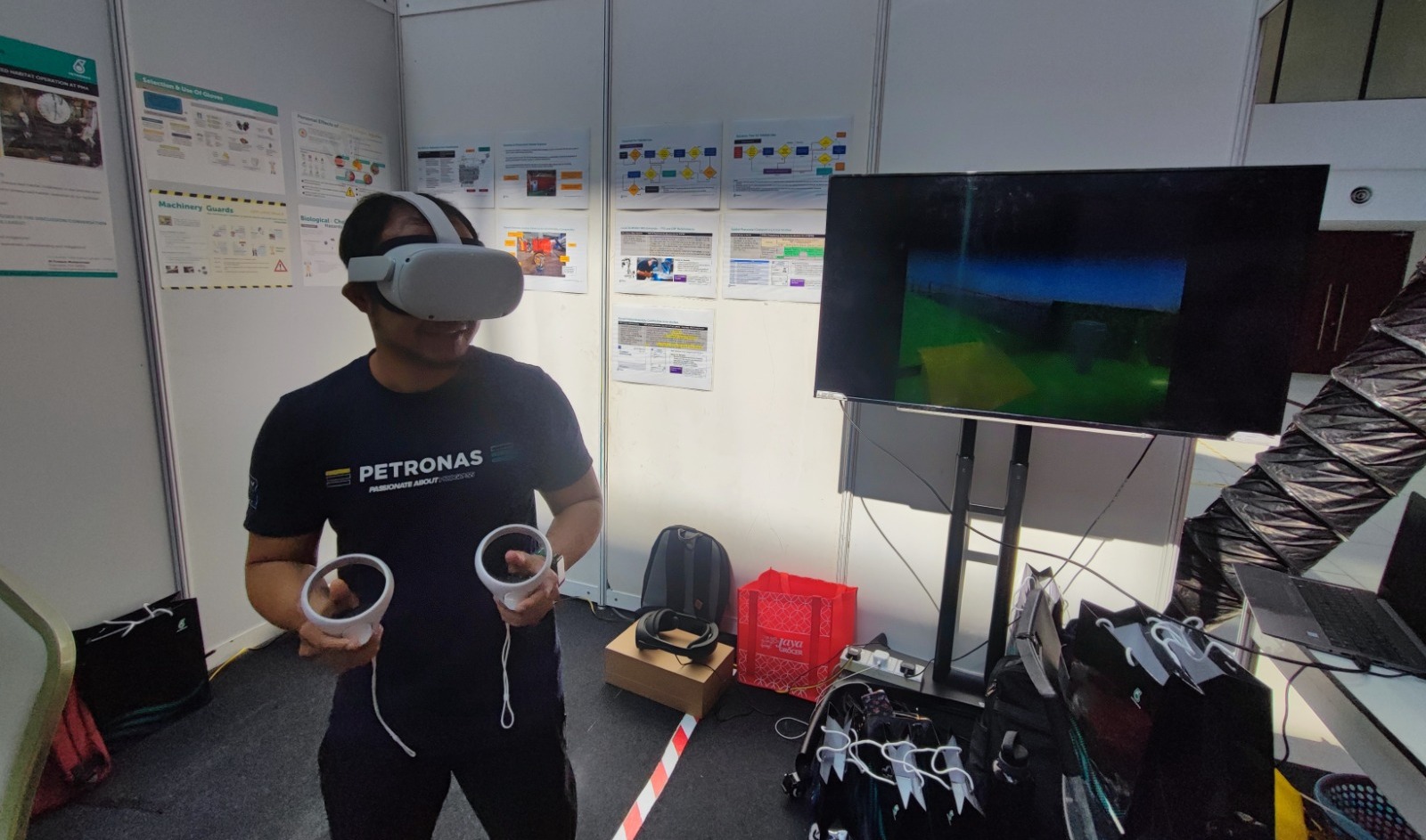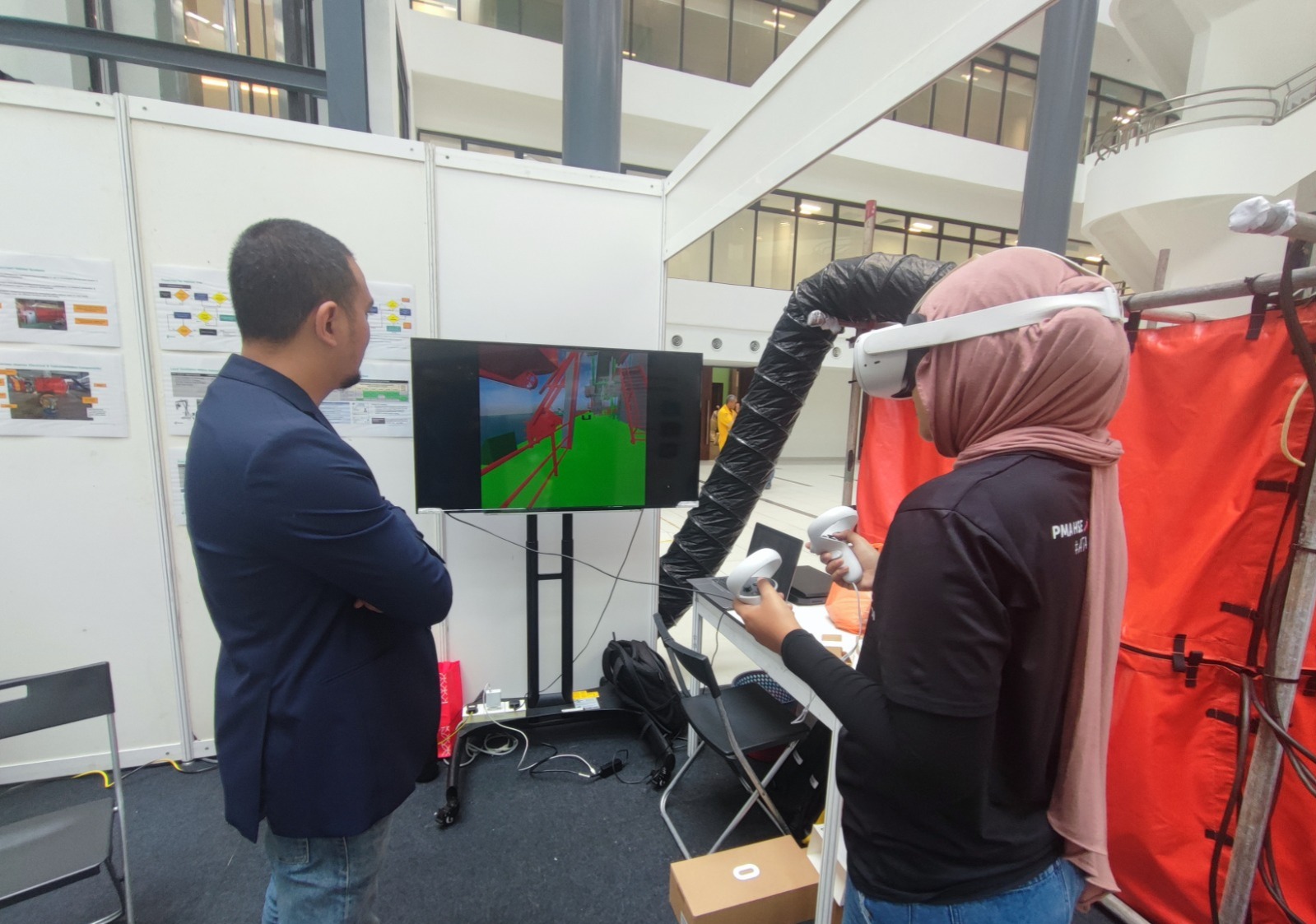
Virtual Reality (VR) and Augmented Reality (AR)
Virtual Reality (VR) and Augmented Reality (AR) are immersive technologies that alter or enhance the way users perceive the real world. Virtual Reality (VR) creates a simulated, computer-generated environment that users can interact with, often using specialized hardware like VR headsets. In VR, users are fully immersed in a digital world that is separate from the physical surroundings. VR typically requires dedicated hardware, such as VR headsets, controllers, and sensors. Common applications include gaming, simulations, training, virtual tours, and immersive storytelling. Augmented Reality (AR) overlays digital information, such as images, text, or 3D models, onto the real-world environment. AR enhances the user’s perception of the real world by adding computer-generated elements that coexist with the physical surroundings. AR supplements the real-world view with digital information, allowing users to interact with both simultaneously. AR can be experienced on various devices, including smartphones, tablets, AR glasses, and heads-up displays. Concisely, VR immerses users in a completely digital environment, while AR enhances the real world by overlaying digital information onto the user’s view. Both technologies have diverse applications and continue to impact various industries and user experiences. Our company offers client to experience the real world of technology by providing VR and AR services which will help them to monitor plant or platform everywhere and anywhere.


